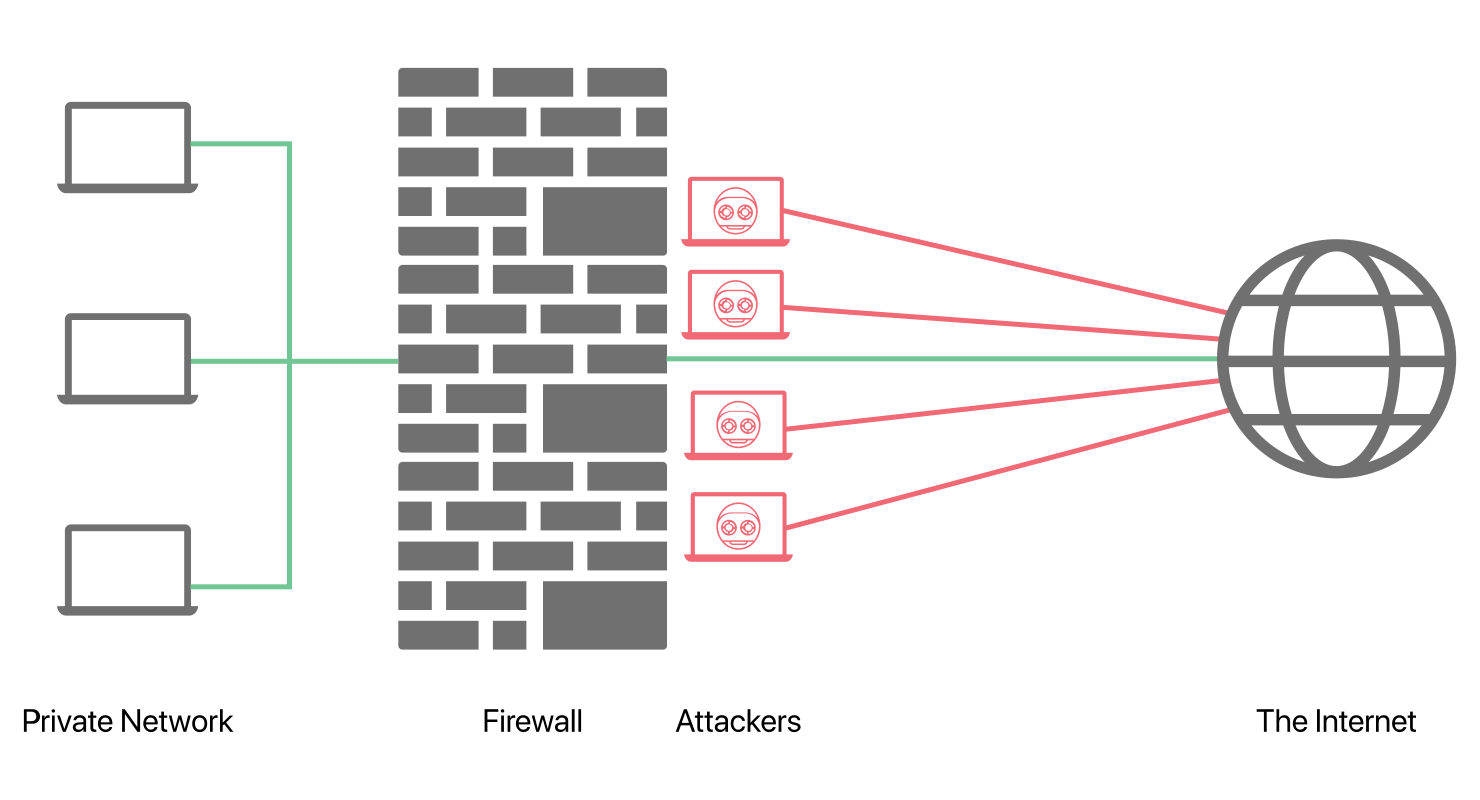
The Importance of NAT and VPN
Firewalls also undertake fundamental network-level tasks like Network Address
Translation
(NAT) and Virtual Private Network (VPN) operations.
Network Address Translation conceals or converts internal client or server IP
addresses,
typically falling within a "private address range" according to RFC 1918, into a
public
IP address.
This concealment of protected device addresses helps conserve the limited pool of
IPv4
addresses
and serves as a defense mechanism against network reconnaissance by hiding the IP
addresses from the Internet.
Similarly, a virtual private network (VPN) establishes a secure connection over a
public
network
by encapsulating data within an encrypted tunnel. This safeguards the contents of
packets while
they traverse the Internet, allowing users to transmit and receive data securely
across
shared or
public networks.
Next Generation Firewalls and Beyond
Next Generation Firewalls analyze packets at the application layer of the TCP/IP
stack,
enabling them to
recognize specific applications like Skype or Facebook, and enforce security
policies
based on the
application type.
Today, Unified Threat Management (UTM) devices and Next Generation Firewalls also
integrate advanced
threat prevention technologies such as intrusion prevention systems (IPS) or
antivirus
software to identify and block malware and threats. Additionally, these devices may
incorporate sandboxing technologies to identify threats within files.
As the cyber security landscape evolves and attacks become increasingly
sophisticated,
Next Generation Firewalls will remain a crucial component of any organization's
security
strategy,
whether deployed in the data center, network, or cloud environment.



